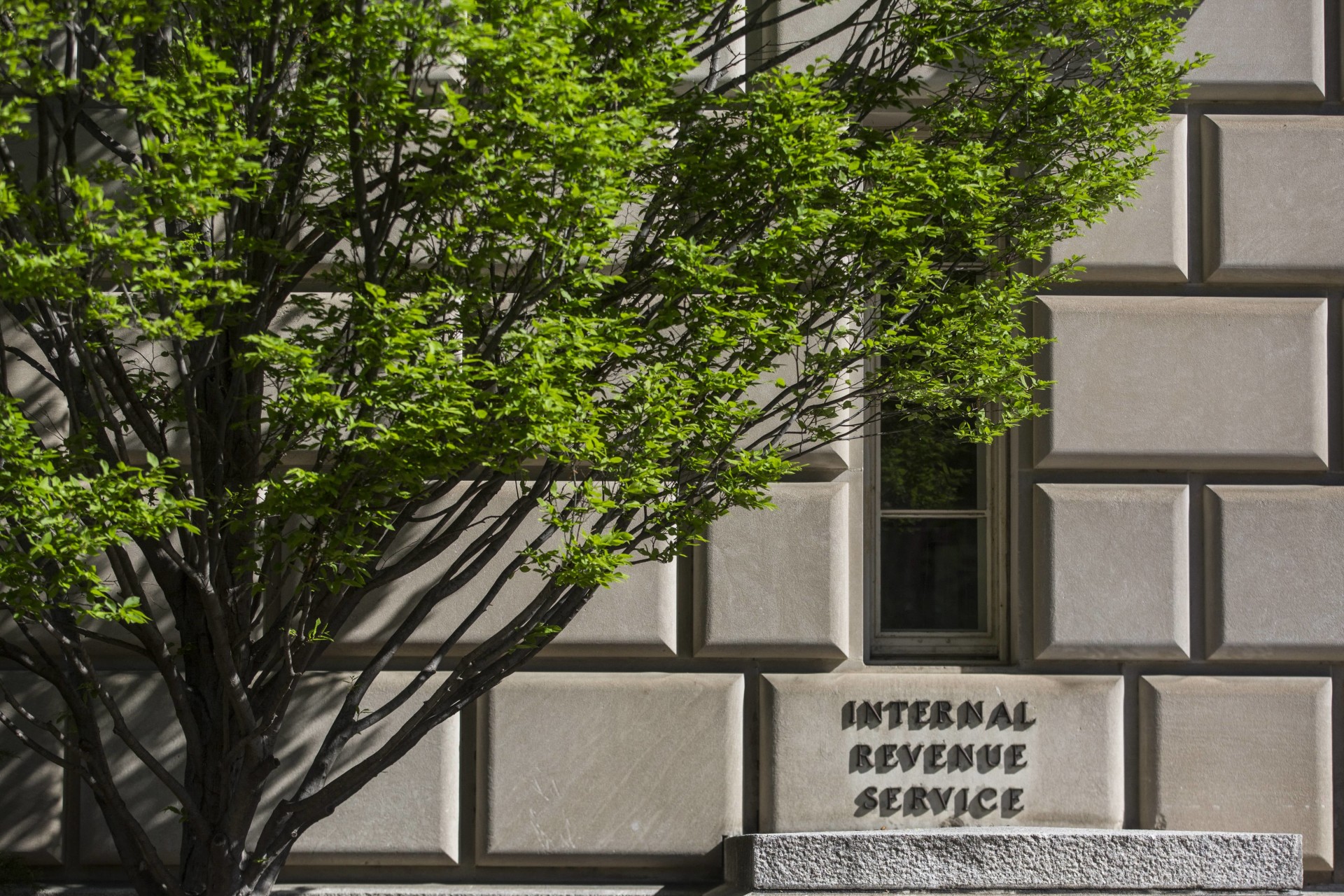Leverage is a simple real estate investing strategy in which investors borrow money to buy property, with the goal of increasing returns. Just as a person multiplies her strength in lifting a heavy object by using a lever, investors leverage debt for bigger returns.
U.S. home prices are so high (as of December 2021, Zillow put median home value at over $320,000) that most people would be closed out of real estate investment if they had to pay cash.
In fact, more than 60 percent of Americans already use leverage in the form of a mortgage. They use other people’s money (the bank’s, in this case) and have 100 percent use of the property (by living in it).
Great benefits accrue when using leverage while investing in real estate, because while the lender fronts the majority of the purchase price, the investor earns 100 percent of the income while also building equity. Investors also grow their net worth as the value of the property rises with appreciation.
“The way to think about leverage in finance is that as long as the cost of your funding, a.k.a. the interest rate is lower than the return you’re expecting on that asset, it improves your returns,” says Dennis Bron, Mynd’s VP of Growth. “Typically, mortgages are around 3 percent and historically this asset class has typically yielded 8 percent—and that’s before the tax advantages, so 8 percent plus—so it massively amplifies your returns if you get a mortgage.”
Why not buy a property in all cash?
Some buyers have all the cash they need to buy a property, and they may feel that’s the best way to go.
But two scenarios demonstrate how leverage can amplify return on investment. In both scenarios, an investor buys a home for $100,000.
Scenario 1: Cash purchase
The investor buys in cash and rents for $2,000 a month.
She pays $600 a month in property taxes and other costs, so she has a healthy $1,400 monthly cash flow.
Scenario 2: Leveraged
The buyer puts $40,000 down, owes $860 in monthly mortgage payments, and pays the same $600 per month. So while she earns the same rent, she has just a $540 monthly cash flow.
While $1,400 may seem like a better proposition than $540, if considered from the standpoint of return on investment (ROI), the leveraged purchase performs better. This is demonstrated by the cash-on-cash return, or the net return from the investment based on the cash invested and net earnings after covering expenses and loan payments.
To determine the cash-on-cash return, divide annual income by the amount invested.
- In the case of the cash buyer, she earns $1,400 monthly, or $16,800 per year, divided by the initial $200,000 investment, or 8.4 percent.
- In the case of the buyer who used leveraged, she earns $540 monthly income, or $6,480, divided by the $40,000 initial investment, or 16.2 percent.
The leveraged buyer is earning twice as much ROI.
Leveraged investing builds equity and economies of scale
Leveraged buyers build equity in their properties gradually, by making payments on their mortgages, which are ideally covered by the rent. They can then make use of that equity in several ways.
They could sell the property, getting their down payment back as well as the amount they’ve earned in equity. They might refinance the property at the lower principal amount, reducing monthly payments and increasing cash flow. They may opt for a cash-out refinance and use the cash for a down payment on another property or for other purposes.
And when investors expand their portfolios, the benefits multiply. The buyer who paid all cash has tied up all the money in a single property, and has the income from that property only, whereas the investor who used leverage can buy multiple properties and collect multiple rents, and take advantage of tax relief through depreciation on each property.
Leveraged real estate investing beats other investments
American policymakers have ensured that investing in the real estate market is, in some ways, more favorable than investing in the stock market.
“A fundamentally attractive feature of real estate as an asset class is that there is government-sponsored and relatively cheap leverage available,” says Bron. “Also, those lenders tend to be more accommodating in bad economic times than, say, if you got a margin loan on your brokerage account.”
Bron refers to two current investment phenomena to illustrate the comparison.
“If you use Robinhood and leverage against your GameStop winnings to buy more AMC, but GameStop stock goes into freefall, Robinhood is not going to work with you on payment terms,” he said. “Whereas if you borrow from Fannie Mae or Freddie Mac, and there’s a pandemic or financial crisis, they work with you, because they’re federally mandated to support the housing market and not have people on the street.”
He cited the example of cryptocurrency.
“And if you buy Bitcoin, you can borrow against it, but the terms are fairly egregious,” he says. “It doesn’t yield any dividends, and it’s highly volatile at that. Even if you borrow at 50 percent loan to value, Bitcoin drops 30 percent every other week, so suddenly no longer at 50 percent loan to value. You’re at 70, and then you’re going to have to sell Bitcoin into a down market.”
What are the risks of leveraged real estate investing?
Any investment strategy, especially one that can offer such substantial rewards, has its risks.
Business reporters refer to a company as “highly leveraged” when it has become over-reliant on debt. If lenders suddenly call in those debts on a company whose profits don’t support repaying them, the company is in trouble.
Bron draws a parallel between a company and the real estate investor.
“When a company thinks about how much debt they can take on, they typically think, ‘What’s my realistic worst-case income scenario?’” He asked. “In single-family real estate, that’s an extended vacancy or high maintenance costs. Borrowers should ask, ‘Can I cover the payments in those circumstances with cash reserves or other income?’”
All the same, says Bron, the risks are often worth the rewards.
“This asset class should always yield income in the form of rent, and that has been pretty stable throughout the last couple of cycles,” he says. “And there’s a shortage of single-family housing, so if you’re not in the wrong city, or a terrible neighborhood, and you don’t get too unlucky, and you have the right insurance, you should be able to support a good amount of leverage.”
Like all investment strategies, it’s an individual choice.
“It remains a very personal decision,” Bron said, “based on your entire financial picture.”



